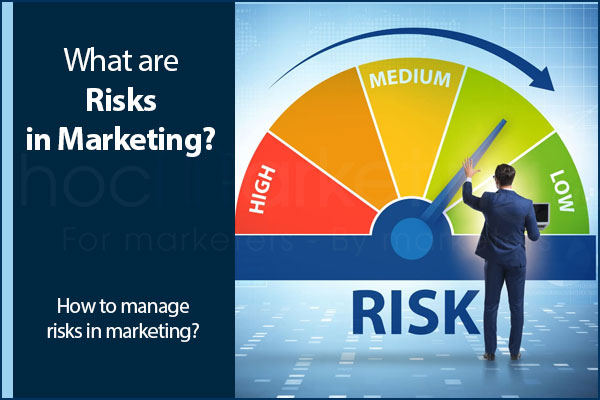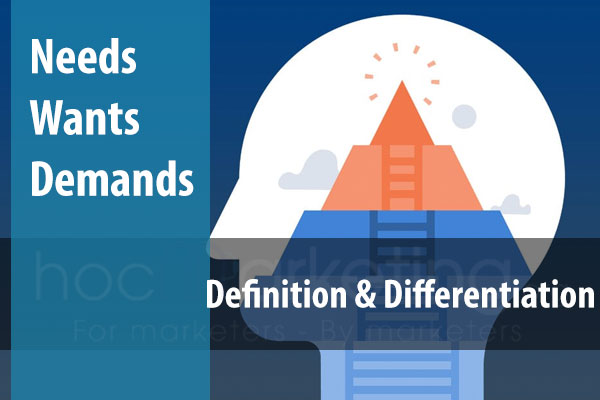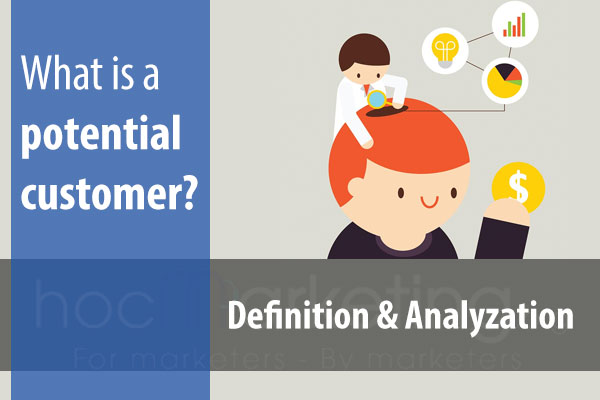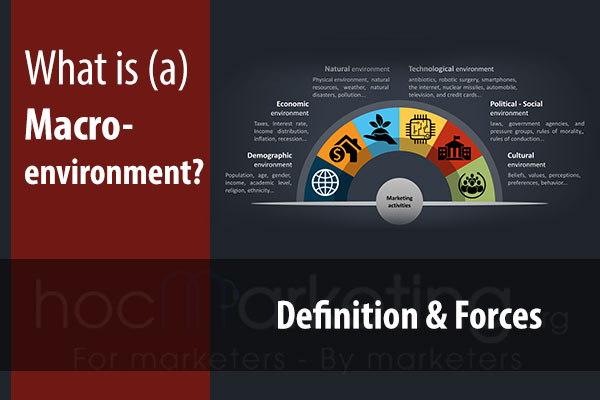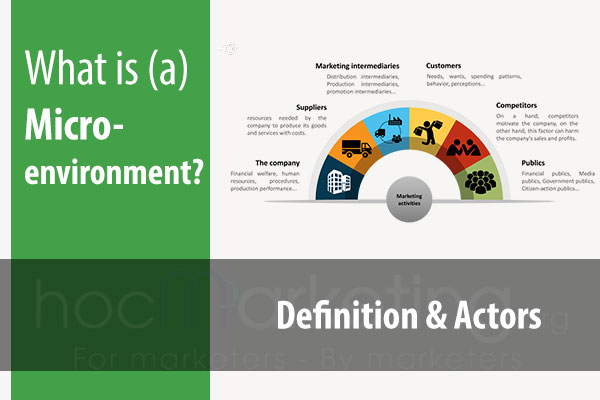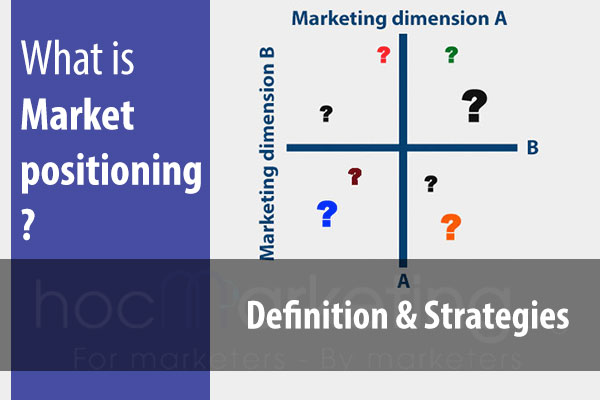
Risk Management in Marketing: Definition and How to do

Risk management is an important topic for marketers who want to do their job well. It's not just about product safety or quality control, it also includes how you manage your marketing and production. This blog post will discuss some basic concepts related to risk management as well as some tips to manage possible risks in Marketing.
Risk management is an important topic for marketers who want to do their job well. It's not just about product safety or quality control, it also includes how you manage your marketing and production. If there are any issues with the way a company operates, this can cause problems in the long run and affect profitability. Risk management should be considered at every stage of development and production by all companies that rely on marketing to sell products or services. This blog post will discuss some basic concepts related to risk management as well as some tips to manage possible risks in Marketing.
What are risks in a business?
Risks are any possible negative outcome that could affect the business. As a result of these risks, the company might lose money or have to pay fines. Risks can occur in all stages of production and come from many sources including products, operations, marketing campaigns, partnerships, financing your company or hiring employees.
Major types of risks in a business
Businesses may face types of risks as below
Financial risks
Financial losses can occur if business investments don't give the desired returns. For example, if you invest in buying stock that isn't sold or doesn't sell at full price. Or if you make a large loan to finance your business and lose the cash (for example due to fraud by staff).
Reputational risks
Reputational risks usually occur due to bad publicity. They can be avoided if the company takes some precautions and manages or minimizes risks related to it's products, customers, employees and business practices.
Operating risks
Operating risks are any possible problems that could happen during production or delivery of a product or service. For example, failure in technology systems, legal liabilities to customers or staff, damage to the company's property etc.
Strategic risks
These risks are usually related to business strategy and can have a major effect on the future of the business. They are caused by the decisions made about the markets, products, services and customers. For example if your marketing campaign is not effective or if you decide to enter a market that is not profitable.
Risks in Marketing
Problems in marketing can be caused by different factors. It's important to consider not only the quality of the products or services but also how they are sold and marketed to customers. Marketing risk management is about making sure that your company takes necessary steps to prevent problems before they occur.
What are some possible risks in marketing?
Marketers may have to due with these types of risk:
Brand risks
A brand which is valuable can be damaged by bad marketing or public relations (PR). For example, a company that is known for ethical business practices might lose public trust if illegal activities are revealed.
Brand risks can cause loss of revenues, profits, market share and reputation.
Product risks
Evidences from market research can indicate risks related to a product. For example if new products have been introduced but there is no demand for them or if they are not selling as well as expected.
The risks of making mistake in production which affect product quality should be also concerned. For example if a company produces faulty products that could have safety related problems, the company might have to pay fines.
In addition to losses of revenues & profits, product risks may also make the company face many legal actions.
Demand risks
New products or services can have a low demand, especially when there is tough competition in the market. Sometimes, changes in the macro-environment can cause drop in the demand for the company products/services. In those cases the company should consider using marketing campaigns to increase sales and if necessary reduce production.
Price risks
Price risks occur when the price of a product or service is too high or too low for customers to pay. If you set a price which is either lower than your production costs or higher than what customers are willing to pay, it will have a negative effect on the business.
Sometimes, price risks can come from competition when competitors want to take the company market share in order to dominate the market.
Price risk could be eliminated by using various cost cutting methods like reducing production costs, material costs etc.
Distribution risks
Distribution risks are mainly related to the distribution of products or services from a business to customers. Inappropriate or inefficient distributing systems can cause delays in delivery which affect customer satisfaction and increase the company's working capital requirement.
The company can be at a risk of losing customers if the distribution is not efficient and quick.
Promotion risks
Promotion risks are related to marketing activities, such as a failed promotion strategy or a failure in advertising campaign which does not reach the target audience.
Promotion risks can cause loss of revenues & profits, market share, brand value and reputation of the company.
How to manage risks in Marketing
Risk management can be a difficult task for marketers. It is difficult because risks are things happen in the future and we do not know for sure they will happen or not. The following steps can be used to help effectively manage risks in marketing:
Step 1. Identify risks
Risks should be identified carefully and thoroughly evaluated before putting into effect by using appropriate tools and techniques. For example, a risk analysis matrix is useful tool for identifying the various types of possible risks in marketing.
Identifying risks help marketers know what situation they may face in the future and get a proper preparation.
Step 2. Assess risks
In to assess risks, it is important to measure the impact of those risks on business. For example, to determine whether a particular risk poses an actual threat or not it is necessary to consider the probability and cost/benefit factors.
By measuring the impact of risks marketers can get a clear idea about how much risk they are taking in their projects. Then marketer can evalute how much resources they need to deal with the risks.
Step 3. Develop strategies for managing risks
Marketers should develop strategies which will minimize impacts of certain identified risks. The best way to deal with risks is to avoid them completely if possible.
Risks can be minimized by using alternative approaches like changing product features, modifying market conditions or adjusting production processes.
Marketers should also consider options for insuring themselves against the effects of the risks they cannot avoid.
Step 4. Monitor and review risks periodically
Monitoring risk helps marketers to know whether the strategies are effective or not. New information should be gathered regularly about the risks.
Marketers should review risk management strategies periodically to check how well they are working and if any changes are needed.
Conclusion
Marketing can be a tricky business, but with the right skills and tools you’ll learn how to manage risks. We hope this article has helped shed some light on risk management in marketing, as well as provided examples of ways to minimize your company's chances for an unfavorable outcome.
